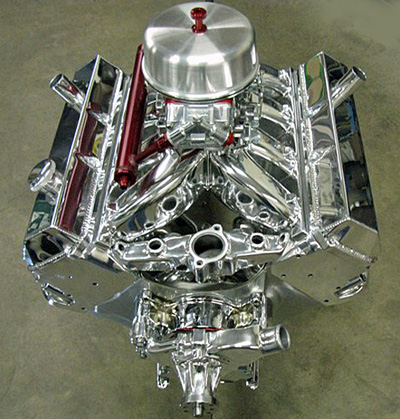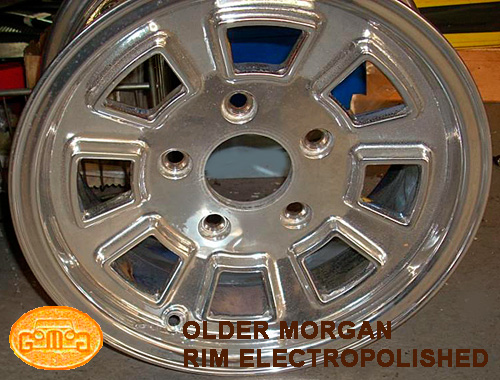Since
the 1950s, scientists have commercially used the combination of
electricity and chemicals to improve the surface finish of metals. It is
a common finishing procedure across a wide variety of industries,
including the following:
- Surgeons and dentists use electropolishing to keep their tools clean and functioning well.
- Food, beverage and pharmaceutical processors benefit from the sterilizing features of electropolishing.
- Appliance manufacturers use electropolishing in appliances like refrigerators and washing machines to make parts last longer and look better.
- Aerospace manufacturers use electropolishing on flight-critical parts to reduce friction and ensure top performance.
- Semiconductor manufacturers use electropolishing with fragile, irregularly-shaped products.
- Automakers and the racing industry electropolish gears and fuel lines to reduce friction, boost performance and ensure long life of parts.
Examples of metal parts commonly electropolished:
 Piping and tubing
Piping and tubing- Fasteners
- Springs
- Wire racks
- Blades
- Automotive parts such as alloy and stainless wheels, even engine blocks
Metals compatible with electropolishing include:
- Aluminum
- Brass
- Carbon steels
- Cobalt-chrome
- Copper
- Nickel alloys
The
amount of material that is removed by electropolish systems is directly
proportional to the run time / cycle time and the amp-minutes that pass
through the surface area of the part. All of these variables can be
controlled to create a consistent, reliably controlled surface finish. Material
removal is commonly only 0.0003″ to 0.0007″ for most deburring and
polishing applications after machining. With precise monitoring,
electropolishing can remove as little as 0.0001″. For an
electropolishing process with longer cycle time and amp-minutes, as much
as 0.003″ to 0.005″ of material may be removed.
 ELECTROPOLISHING by GoMoG
ELECTROPOLISHING by GoMoG ELECTROPOLISHING by GoMoG
ELECTROPOLISHING by GoMoG